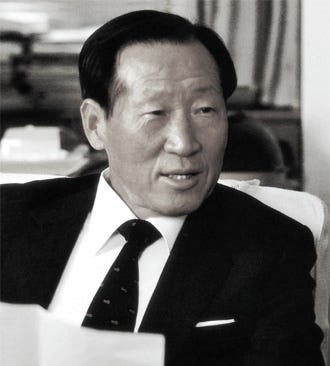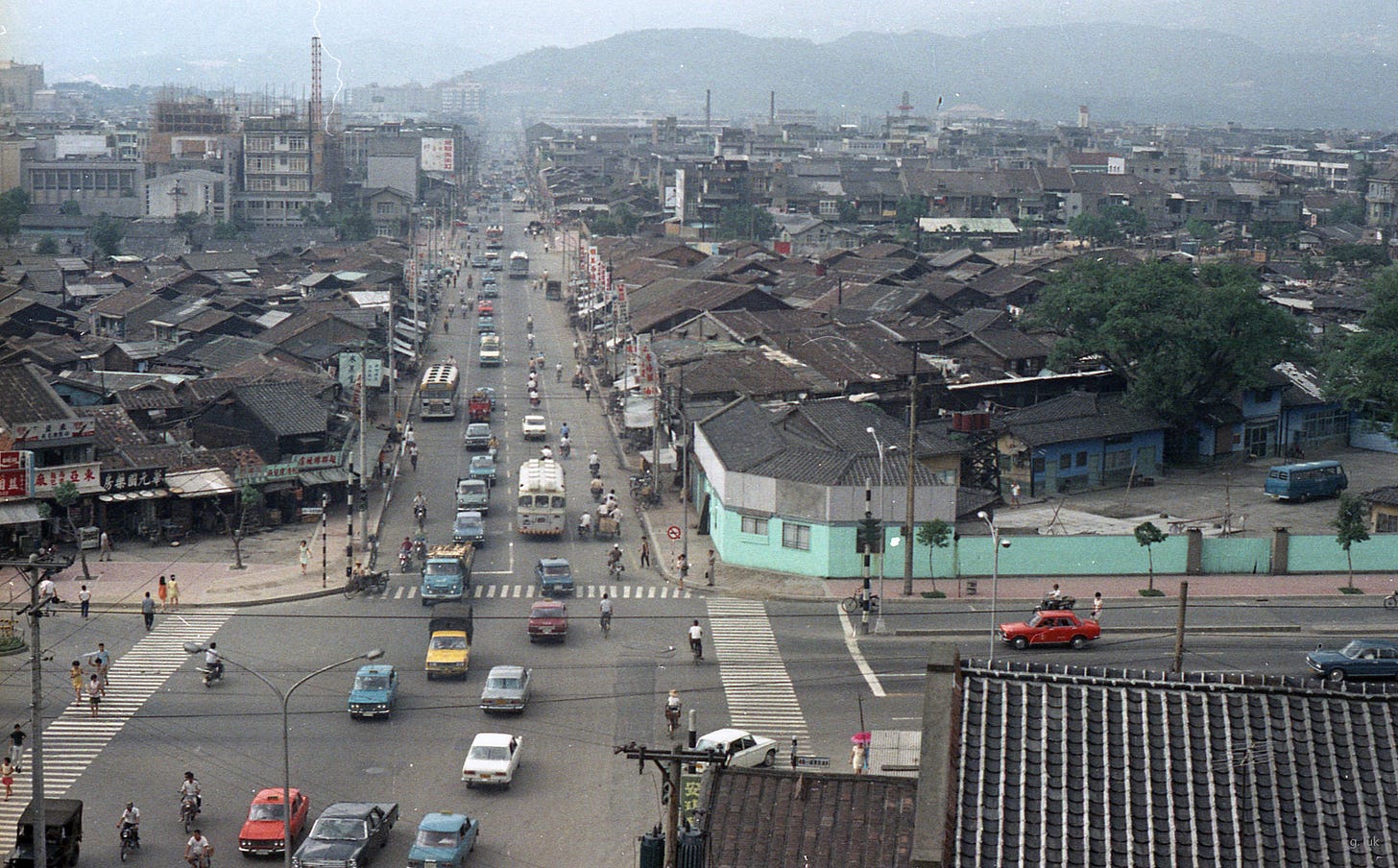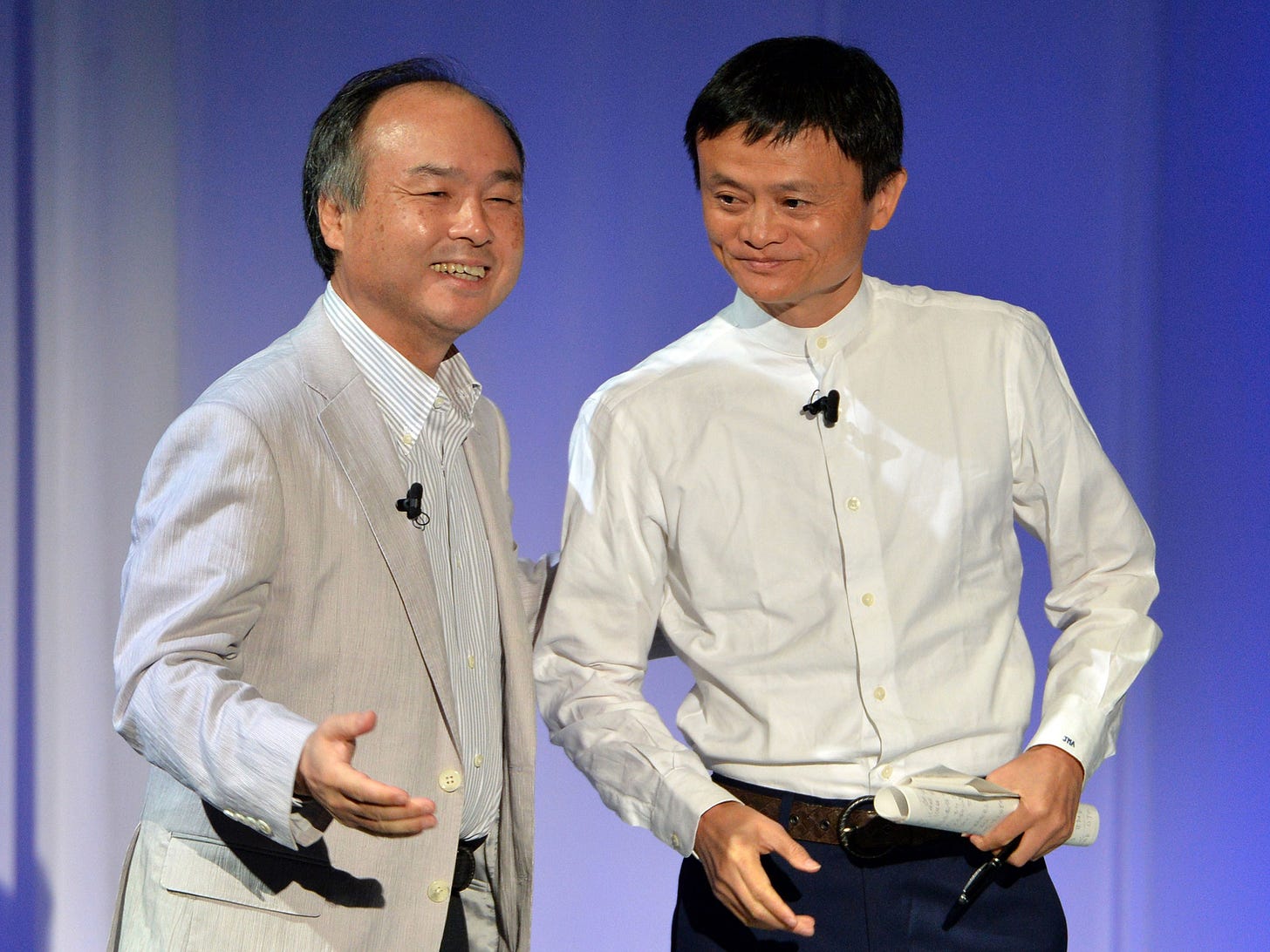What are the most fascinating stories of nations that went from poor to rich?
The stories of Taiwan and South Korea
The most fascinating “rags to riches” case studies in the post-WWII era were South Korea and Taiwan, two of the so-called “Asian Tigers.”
They are interesting because unlike oil/resource-rich countries (e.g. the Middle East) and the global trading entrepôt / city-states of Hong Kong and Singapore, the lessons from South Korea and Taiwan are broadly applicable to the majority of poor, developing countries.
In the 1950s, both South Korea and Taiwan were effectively “dirt poor,” ranking in the lowest tier of the world’s poorest countries just having emerged from years of war and colonialism and finally experiencing independence and relative stability for the first time in the modern era.
Today, a mere three generations later, they rank amongst the world’s most productive and richest large economies. While at the implementation level the two often differed in terms of specific methods and approaches, at a high level they followed similar development principles. And if I had to boil it down to a core unifying theme behind their respective successes, it was setting up the system in a way that allowed for the unleashing of latent entrepreneurial energy and directing it in ways that were beneficial to the entire economy.
The cool thing is that while poor countries often lack natural resources and/or may not be geographically positioned at the crossroads of major trade routes, I believe that every country has ample amounts of entrepreneurial energy. But the difference between success and failure is finding a way to tap into that energy in a way that is beneficial both for the entrepreneur (to keep them hungry and motivated) and for the country as a whole [1].
South Korea and Taiwan both developed their economies in phases where each stage featured a different type of entrepreneur. The first stage involved agricultural reform, and here the focal entrepreneur was the farmer. This made sense because at that point their economies were almost entirely agrarian in nature and the vast majority of the population were farmers. The second stage was industrialization (using exports as a scorecard) and the focal entrepreneur at this point were those whom I dub the “O.G. entrepreneurs” like Chung Ju-yung (founder of Hyundai) from South Korea and Terry Gou (郭台銘) (founder of Hon Hai/Foxconn) from Taiwan.
Today, we are in the third stage (post-industrialization / innovation-led development) and the story is yet to be finalized ... but it doesn’t matter, because if you’ve gotten here it means you are already a developed, rich economy.
Helping the farmers farm
Every economy starts with farming and it was no different with Taiwan and South Korea in the early 50s. At the dawn of their modernization drives the vast majority (upwards of 80%) of their populations were farming households – and roughly the same proportion of economic output. But agricultural output remained low by global standards and the two could barely feed their fast-growing populations.
How do you empower the farmers?
You empower farmers by turning them from paid laborers working for large landowners into owner-operators and solving some of their infrastructure challenges. You see, prior to the implementation of land reform programs in these countries, landholdings were relatively concentrated, often in the hands of absentee landlords. Farming is an activity that features very high correlation between effort and results so it is not a surprise that when farmers work for themselves instead of absentee landlords, their output is much higher.
The defining feature of the agricultural reform phase for Taiwan and South Korea was a series of land reforms in the 1950s. The government forced large landowners to sell their excess land, colonial land was re-distributed and broad-based farmers’ committees were formed to maintain fairness throughout this process. This was small-scale, highly labor-intensive farming where each farm was its own family business.
Favorable taxation policies allowed these new farmer-entrepreneurs to keep much more of the fruits of their labor and the government invested its scarce capital on infrastructure (e.g., irrigation projects, transportation infrastructure, subsidized fertilizer) to make life a little easier for farmers. They began to thrive and productivity soared.
Out of the two, Taiwan performed the best here.
At the end of World War II, farmers only owned a third of the farmland. Through various land reform initiatives in the early 50s – many of which were encouraged by its American advisors – this percentage had nearly doubled. During these years, Taiwan’s agricultural output and productivity soared and within a decade, Taiwan had turned from an importer to a large agricultural exporter. In addition, as land was now broadly held which means everyone had a bit of capital and society was quite equal. With a Gini coefficient in the low 30s at the time, Taiwan was unique amongst fast-growing economies in income and asset equality.
For agrarian-based economies with limited arable land, labor-intensive small-scale farming is a very good first step on the path to riches. But it’s hard to get rich on agriculture alone. And with agricultural productivity rising, surging population growth [2] meant having to deal with a rising supply of excess labor.
Thus, we enter the next stage – industrialization, or learning how to make things that others want.
Industrialization using exports as a scorecard
How can a country of farmers ever expect to compete with the industrial might of the modern industrialized world? There’s no infrastructure, precious little hard currency and rudimentary know-how. How do you create something out of nothing?
Enter the next wave of entrepreneurs. No, not the “Silicon Valley” type entrepreneurs that define the term today. These are their predecessors – the hardened, “O.G. entrepreneurs” that hustle, scrape, beg, borrow and steal to “get shit done.” These are guys like Chung Ju-yung (founder of Hyundai) and Terry Gou from Taiwan (founder of Hon Hai / Foxconn).

How do you make sure that these incredibly talented and driven entrepreneurs are hustling in the best interests of the country? At this point in time, governmental institutions (and thus oversight capabilities / corruptibility) were still relatively weak and immature and anyway, governments are just not good at “picking the winners.” In light of this, how do you measure success, rewarding the winners and culling the losers?
It turns out that incentivizing these entrepreneurs to export is a really good way to separate the doers from the talkers. But you also have to provide them with a foundation to get started. Just like you cannot simply place your toddler on a bike and expect him/her to start riding flawlessly, you cannot expose your “infant companies” to the global market until they’re mature enough to offer something of value. Both need training wheels.
South Korea and Taiwan used “infant industry” protection policies to first develop a primordial manufacturing base. Once their domestic manufacturers hit adolescence, policies were quickly shifted into an export orientation and these companies were nudged out to into the global markets to sink or swim. With highly controlled financial systems, the governments’ most powerful tool was allocating subsidized financing for the corporations that were performing and withholding such funding from the losers.
Making stuff is all about repetition – you learn by doing. And so the Korean and Taiwanese governments nurtured a batch of industrial entrepreneurs to incubate their companies within their small, domestic markets. They competed with each other, but they did not have to compete on the same level with General Electric quite yet. And while many of them were unprofitable at first, through repetition, the better-run ones got better. As they improved, the governments began to incentivize (or in some cases, force) them onto the global stage.
It also turns out that South Korea and Taiwan weren’t really starting with nothing. They had some advantages – in particular, the inexpensive labor that was literally stampeding out of the increasingly productive farms. Many of the successful entrepreneurs made their first batch of wealth by figuring out how to organize this cheap labor, apply a bit of capital (i.e. machines and stuff) to it and start producing products that – while not world-beating at first – were at least good enough at the much lower price point they could offer.
Export performance was a fair and effective way of judging company performance and helped governments determine how well a company was operating. Performance was hard to fake – profitability correlated with success and growth. The companies that succeeded continued to get perks from the government. They created millions of factory jobs and many more higher value jobs as the companies moved up the value chain. It was a win-win situation. Within a generation, these sons and daughters of heretofore impoverished farmers were seeing their lives improve immensely and began to form the foundation of the emerging middle class. It was an exciting and dynamic time.
South Korea really handled this industrialization phase well. Under the authoritarian leadership of General Park Chung-hee and his administration, many early chaebols began as domestic construction companies helping to re-build post-war Korea before being very quickly encouraged by the government to expand into other heavy basic industries like steelmaking, shipbuilding and heavy chemicals. And importantly, they were heavily incentivized to sell into the global market. A good example of this is Pohang Steel (now POSCO, the second-largest and most profitable steel manufacturer in the world). Its original location on the eastern cost of South Korea is located in a U-shaped harbor where raw materials are loaded from container ships on one side and finished product exits back onto container ships on the other side [3]. This was clear evidence that the Koreans had exporting in mind even before they had laid the first brick. Starting from the early 60s, South Korea industrialized at a rate faster than any major country had ever seen up to that point.

Liberalization to reach and eventually push the bleeding edge of innovation
At the early stages of industrialization, you are primarily copying from the leading economies. You are trying to figure out how to make existing products more efficiently, or maybe adapt it for your home market or other emerging markets – but you aren’t really coming up with truly revolutionary products. But that’s fine, because at this stage, you don’t have to be revolutionary ... there are still huge gains (and profits) to be made by what you are doing ... and the smartest entrepreneurs will (and should) gravitate towards those types of opportunities.
As time goes on, the productivity gap shrinks between you and the leading economies and it becomes harder and harder to play this catch-up game if you want to maintain robust growth. Once you have reached the league of advanced modern economies, this means you are close to or at the technology frontier, and the only way to push your economy forward is by doing your part in pushing forward the bleeding edge of technology and innovation.
I believe liberalizations such as greater freedoms and increased political participation play a major role in creating innovation-centric economies, the ones that can push this technology frontier forward. As such, I do not think it’s just a coincidence that both South Korea and Taiwan underwent major liberalizations (including moving from authoritarian to multi-party representative democracies, divesting government stakes in certain sectors etc.) during in the late 1980s and early 1990s after their economies were well into the industrialization phase and starting to enter the third phase.
The stories of South Korea and Taiwan are still being written. They are still tackling many challenges, like how to figure out how to get even more productive, build innovative companies and develop their own versions of Silicon Valley.
As we saw with Japan over the last two decades, innovation is not easy because – unlike the first two phases – there isn’t a well-defined “roadmap” to follow. That makes sense: being an advanced economy means you are sitting at the innovation frontier ... which means advancing forward involves doing things that have never been done before. And it often means leveraging the unique aspects of a country’s culture, specific skills and competencies and comparative advantages to innovate in increasingly specialized areas.
These are advanced economy challenges, so the fact that South Korea and Taiwan are dealing with them today means that they have already won.
Notes
[1] The “beneficial for the country as a whole” concept is very important, because a lot of countries fail when that energy is used only to benefit the entrepreneur and his/her small entourage. In many of these cases, the entrepreneurs quickly turn into oligarchs, controlling massive segments of the economy, turning their focus on rent-seeking instead of innovation and doing their best to stifle the next-generation of entrepreneurs – activities that have perverse effects on the economy and society in general.
[2] With high infant mortality rates and the need for labor resources, farming societies traditionally had high birthrates. With mortality rates plummeting due to the introduction of modern-day medicine, South Korea and Taiwan experienced rapid population growth as they began their transitions from the agricultural to industrialization stage.
[3] In his book How Asia Works Joe Studwell discusses the Pohang Steel case study in great detail. More broadly I would highly recommend this book for more detailed study on the topic.
[4] While they obviously don’t speak for South Korea and Taiwan, Alibaba and Softbank are appropriate and relatively well-known representatives of this third stage of innovation-led development from fellow countries that have followed broadly similar development principles.
This was originally published on Quora in May 2015.




